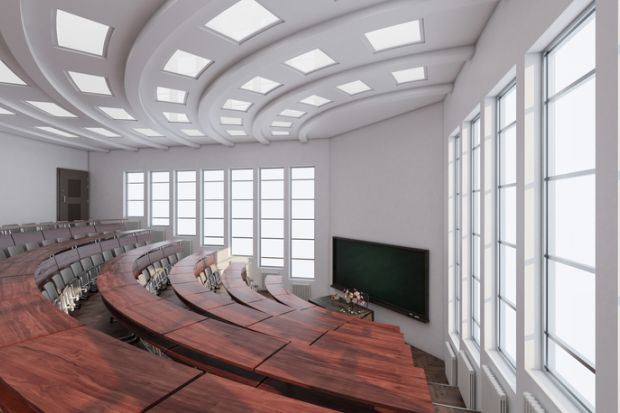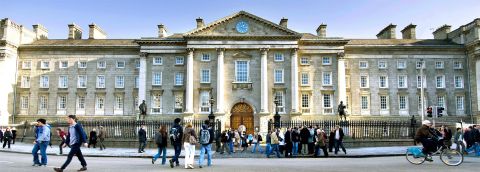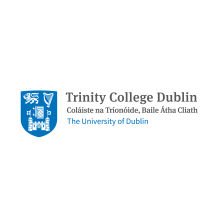Will our campuses and pedagogic methods emerge utterly transformed from the pandemic?
That was the question put to a panel of estates directors at a session at Times Higher Education’s THE Campus Live this week titled “Merging physical and digital estates: Has the lecture theatre as we know it gone for good?”
Nick Coakley, director of estates management and development at York St John University, said he was “very sceptical about the general assumption that incoming undergraduates will have experienced heavily digital teaching over the last two years and so we can offer a continuation of that. I was quite surprised last weekend talking to a group of prospective students at an open day and there was a pretty unanimous view that they were utterly fed up with digital teaching – probably borne out by the fact that our open day was more heavily attended than any before in our history. They wanted to come and see the facilities.”
Mike Clark, director of campus infrastructure at Trinity College Dublin, was also wary of “the kneejerk reaction to the pandemic that everything was going to change, there were going to be bigger lifts, more staircases. That has already eroded away.” Students would continue to want to benefit from the kind of social communities offered by universities, even though it was “a really difficult thing to ‘bottle’ and market”. Yet the plain fact remained that, “If your campus is not welcoming, that will impact on your ability to recruit.”
For Alistair Burg-Broquere, director of facilities and estates at the University of Bedfordshire, there were important questions about who took responsibility for crucial interlinked changes to infrastructure and pedagogy.
At his own institution, for example, there was “an opportunity to change a 240-seat lecture theatre into a 120-seater”, which would open up possibilities for break-out spaces and mid-lecture group work. But “should estates directors be leading by example, highlighting the great practice which is happening in other institutions, or should they leave it to academics to say ‘We want this.’ If their pedagogic mindset is very traditional, they may not see that inspiring opportunity to create that new learning space. Do we need to almost force it on the academics? Who owns the issue?”
It was here that Covid has proved a blessing in disguise, suggested Stephanie Marshall, vice-president for education at Queen Mary University of London, speaking from the audience.
“Our educational strategy is co-created with a range of stakeholders,” she explained, including estates and IT. The pandemic had forced them to “get our act together – and now the physical and digital estates really do underpin our educational strategy”.
In the past, agreed Mr Coakley, “Trying to get people to agree on pedagogy was like herding cats. That didn’t give us much to work with, but Covid meant we had to take a decision.”
In that sense at least, echoed Mr Clark, “The pandemic was a kick up the backside in our sector.”
Register to continue
Why register?
- Registration is free and only takes a moment
- Once registered, you can read 3 articles a month
- Sign up for our newsletter
Subscribe
Or subscribe for unlimited access to:
- Unlimited access to news, views, insights & reviews
- Digital editions
- Digital access to THE’s university and college rankings analysis
Already registered or a current subscriber? Login






